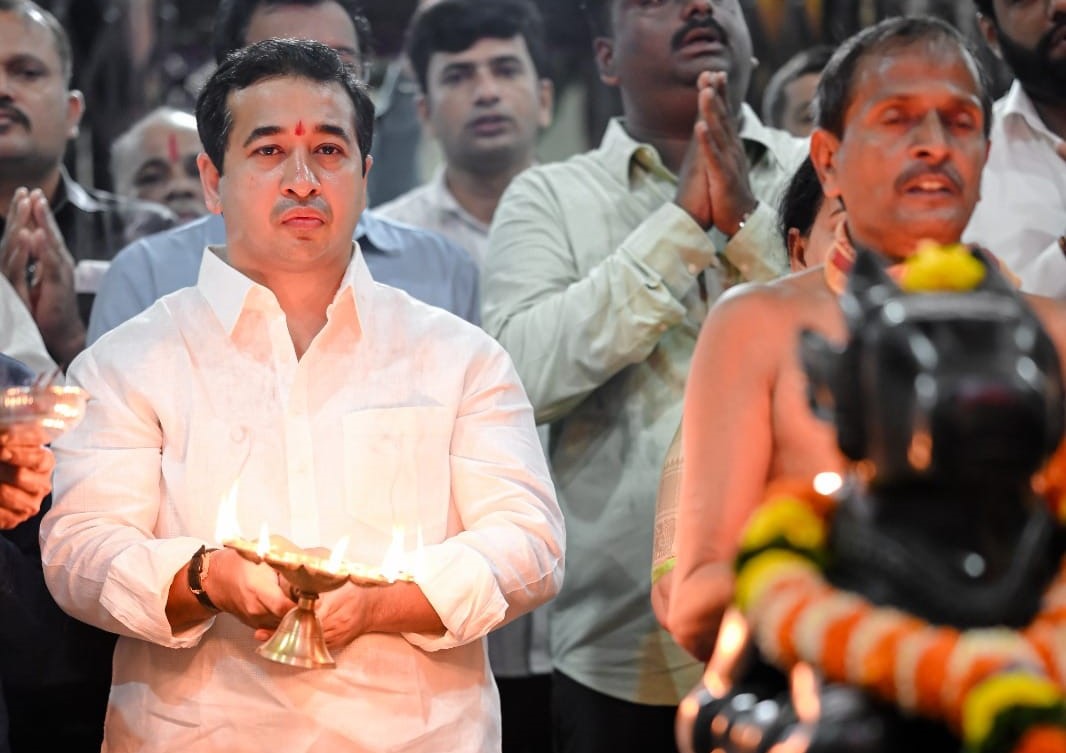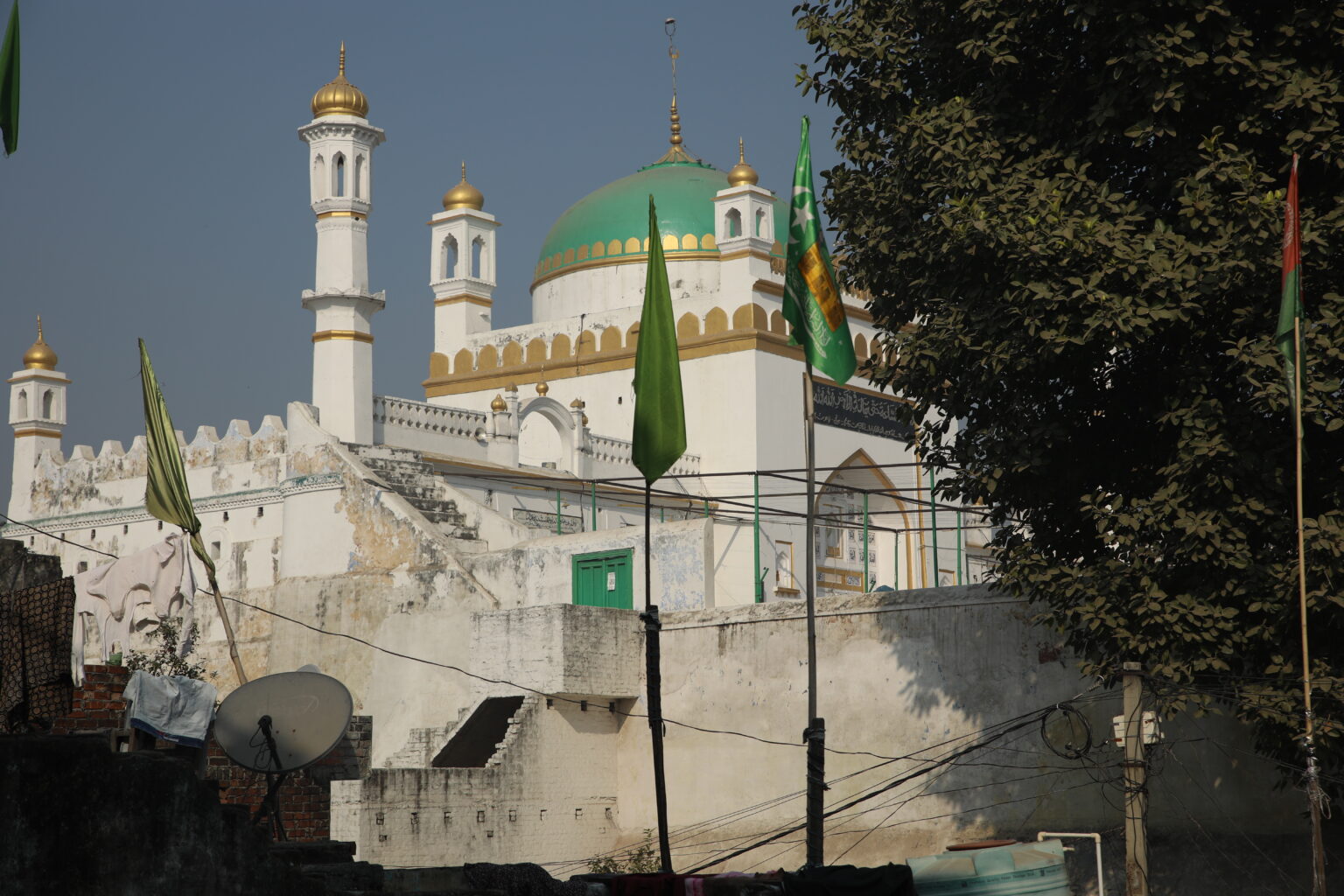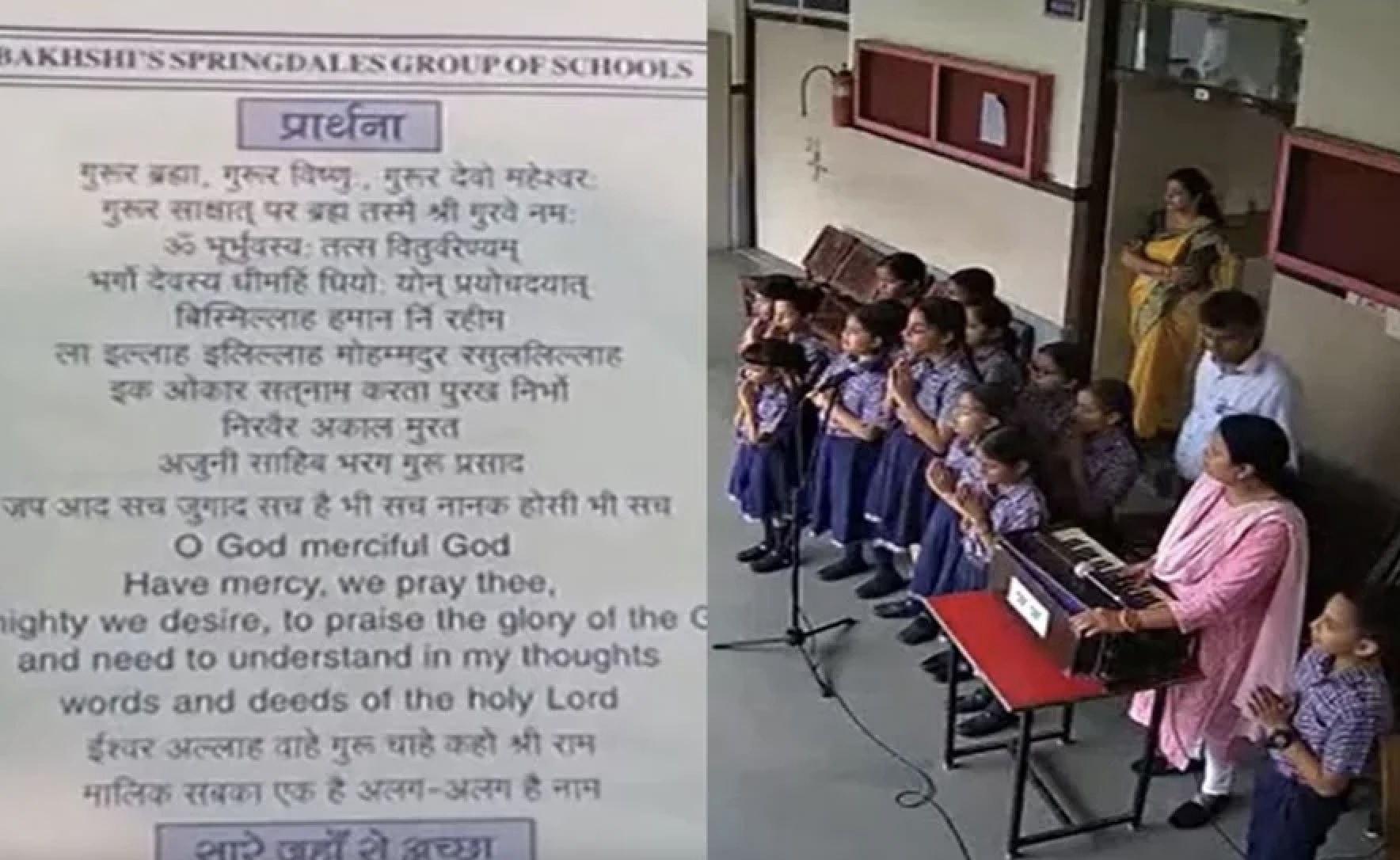
By Naveen Soorinje / The News Minute
We are witnessing the fourth Hindutva mobilisation in Karnataka around the issue of the hijab in just over a decade. Curiously, each round of agitations against Muslims has been followed by a round of uncontrolled violence, with the police standing by as spectators and BJP leaders cheering on. Whether or not there is a correlation between the violence that follows every anti-Muslim agitation, can only be established by an impartial investigation. But the coincidence is just too compelling to ignore.
On the surface there is nothing to connect these recurrent instances of violence directly with the anti-Muslim agitations. But a closer look suggests that the hijab row is used as a sort of warm-up; a ruse to get Hindus agitated; a trigger to create hatred between Hindus and Muslims. The ultimate aim of all this is to create a dog-whistle effect: a subtle but clear signal to cadres to be battle ready. For instance, a hijab or a scarf distinctly identifies the wearer as Muslim and targeting that identity can be useful in manipulating and polarising Hindus.
In August 2009, Ayesha Asmin, a student of SVS College in Bantwal taluk of Dakshina Kannada district, was denied entry to the college premises. The incident grabbed national attention. Less than a month after this incident, a curfew was imposed in Mangaluru over a seemingly unrelated Hindu-Muslim conflict.
On the evening of August 31, 2009, communal violence flared up at BC Road in Bantwal taluk and police resorted to lathi charge to bring the situation under control. Prohibitory orders were promulgated across Bantwal taluk until midnight of August 31. The violence had been engineered in the context of a Dasara sports tournament in Modankapu (a village near BC Road) organised by the Department of Sports and Youth Services. It did not have any direct relation to the hijab row that was making headlines across the state at that time. The controversy, however, provided the backdrop for the violence that ensued.
For Hindutva ideologues, the Muslim men are extremists or ‘Love Jihadis’ who hide Muslim women behind a hijab, all the while preying on Hindu women. It is this hateful and misogynistic rhetoric that is at the heart of the demand that Muslim women take off their headscarf. It is also the sentiment that made Hindus go berserk over a secular sports tournament.
Earlier the same year, Shri Rama Sene activists assaulted men and molested women at Amnesia pub in Mangaluru. Although the stated reason for the attack was that young Hindu women were behaving in ways counter to Indian culture, it was actually on the basis of information that affluent Hindu women were socialising with wealthy Muslim men that the Shri Rama Sene activists carried out the attack. When they did not find a single Muslim man after the assault, they claimed they were protecting Indian culture and morality.
While we are focussed on the rhetoric that allows Hindutva groups to radicalise and mobilise ordinary Hindus, let’s not take focus away from the thuggery of the leaders of these radical groups. Later investigations into the ‘Pub Attack’ showed that some of the Shri Rama Sene leaders who orchestrated the attack had earlier approached the pub’s owners for a security contract. This is the same organisation whose founder Pramod Muthalik was caught in a sting operation accepting money to engineer a riot.
Coming back to hijabs and subsequent violence, in July 2012, the St. Aloysius College of Mangaluru, run by cassock-wearing Jesuit monks, banned the Muslim garment. The incident exposed the delicate fraternity between Christian fundamentalists and Hindutva fanatics, and their shared Islamophobia. Within hours, the incident became a topic of hot discussion in Hindutva social media bubbles across the state and beyond. In the incendiary comments and memes, the same ugly old rhetoric about love jihad was churned into the mix. And in the district notorious for communal tensions, the air once again grew tense.
As sure as sunrise, on July 28, a troop of Hindu Jagarana Vedike activists barged into a homestay where a group of young men and women were celebrating a birthday. The “tip-off” they received was that Muslim men were partying with Hindu women, but the attackers found no Muslims when they barged into the resort. Instead, they found young Hindu men who looked like they were Muslim because of their beards. The reason for the attack was later conveniently reworked. The Hindu Jagrana Vedike claimed that the attack had been carried out for the protection of Hindu culture and to prevent Hindu women from debasing themselves. These altered narratives conveniently allow them to create an air of permissiveness, which ends up normalising such acts of violence.
On August 26, 2016, Srinivas College in Mangaluru banned the hijab. This was a year of nationwide tumult between the BJP and opposition forces. Communal tensions were at their peak not just in the coastal region but also in different parts of Karnataka and south India. When Srinivasa college issued the ban, the news spread like wildfire and aggravated an already tense situation. In 2016, there were 101 incidents of major communal violence across Karnataka – one every three days on average – according to a written reply given in the Lok Sabha in February 2017 by Kiren Rijiju, the junior Home minister. Karnataka Communal Harmony, a Mangaluru-based organisation that focuses on communal violence in the region, says that 1,288 instances of communal violence were reported from Mangaluru and Udupi between 2010-2020.
This year, hijab-wearing students are once again being prevented from entering classrooms. Although it started in Udupi, for the first time the issue spread to all corners of the state. Riding on the wave of Hindutva sentiment that the controversy unleashed, violence broke out in Shivamogga over seemingly unconnected events. A young man named Harsha was killed by unknown assailants on February 20 and even before any arrests were made, BJP and its supporters declared that this is a fight between Hindus and Muslims, and that Harsha had been murdered for voicing against the hijab.
Chief Minister Basavaraj Bommai, while condemning the killing, went on to declare him a Hindu activist. The state Home Minister Araga Jnanendra, who hails from Thirthahalli in Shivamogga district, in a statement that does not behove his office, said at a media conference: “We will not let his death be pointless.”
Thus, by creating a controversy around the hijab, the stage was set for communal violence. At first, differences are created between the two communities and violence is engineered. It is clear that this has been the modus operandi of communal organisations and parties for some time.
This article first appeared on thenewsminute.com






